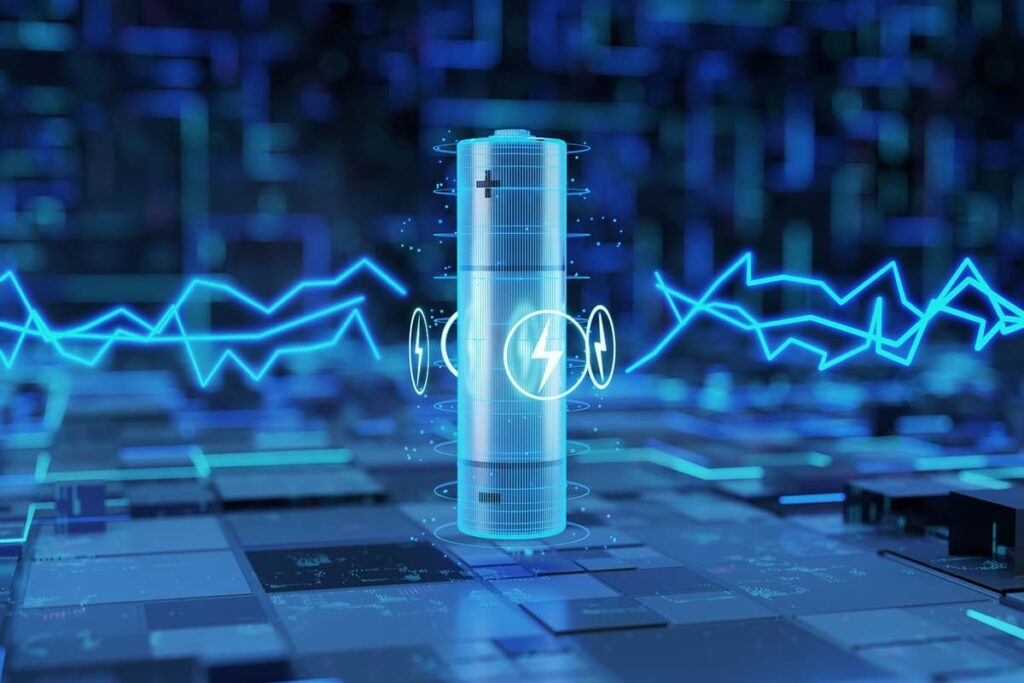Some Advanced Lead Acid Battery Technologies

We’ve recently become enthralled with the idea of building an overland vehicle which we can loan out to our MBAs as a company perk. Basically, this is a four wheel drive vehicle that you can take pretty much anywhere there is the faintest sign of an actual road and get as far away from civilization as humanly possible while not dying. A major consideration when building such a vehicle is “range” which directly correlates to the amount of petrol you can store in the fuel tank, or in jerrycans on the back bumper (which will create an amazing fireball if you get rear-ended hard enough). This had us thinking about what will happen when electric vehicles get 10X the range they do today. This would equate to an overland vehicle that could travel 3,350 miles on a single charge. This vision of freedom can only be realized by significant improvements in lithium battery density.
We recently wrote about The World’s Most Energy Dense Lithium Batteries which are being manufactured by Romeo Power and have seen $65 million in orders already for 2018. We also wrote about 13 startups that are trying to improve lithium battery technology in a variety of ways. Since we can now build a car that travels 335 miles on a single charge, why is it that we’re still using archaic lead-acid batteries in cars? The answer is because they are cheap and they work well.
For some people, a key feature of an overland vehicle is an ARB refrigerator like this one:
Of course the problem with a refrigerator is that you need to continuously feed it power. This is why you’ll have to fork out some dollars for a dual-battery setup. This means you’ll have two heavy, clunky lead-acid batteries to deal with under the hood of your vehicle. Lead-acid batteries are the oldest rechargeable batteries available having been invented in 1859. Just how long do we have to wait before they are replaced by something less bulky and more efficient? Let’s take a look at some startups that are looking to reinvent the lead acid battery.
About Gridtential

Founded in 2010, California startup Gridtential has taken in around $18 million in funding for developing a scalable Lead Acid Battery (LAB) architecture that improves energy density, cycling performance, and battery life. The company’s Silicon Joule battery technology is designed to be compatible with the world’s existing lead battery infrastructure so that the manufacturers today don’t have to completely retool their factories. It’s pretty telling to see just how many battery manufacturers have made investments in Gridtential’s technology:
- East Penn – 520-acre complex for producing LABs
- Crown Battery – Over 100 application types for LABs sold on 6 continents
- Power-Sonic – Building LABs for over 46 years
- Leoch (HKG:0842) – 97 production lines producing LABs
Gridtential’s website states that their “approach to battery architecture is also built upon a capital-light licensing model that partners with, rather than competes with, battery manufacturers”. They’re using “patented silicon wafer plates” that will provide up to five times the power density of a traditional battery along with a vastly increased cycle life. The first customer shipments are expected by the end of 2018.
There’s also an interesting external driver that comes into play here relating to 48V batteries which can be more easily manufactured with Gridential’s technology. Traditionally, LABs for cars have been 12V but there is going to be an inevitable shift to 48V batteries according to the CEO of Gridtential who talked about this in an excellent article on the topic by CleanTechnica:
A shift from 12 to 48 volt batteries is occurring because of the need for a higher power system to accelerate from a stop, regenerate the energy from braking and to power the many “creature comforts” and navigational aids being offered to customers.
According to Gridtential, the 48V battery market for hybrid vehicles represents a $30 billion opportunity worldwide.
It’s important to note that Gridtential doesn’t see lead-acid batteries as replacing lithium batteries, in fact they didn’t even think about the automotive application until recently. The lead-acid battery market isn’t just restricted to starting vehicles, but also comprises grid applications for renewable energy and telecom applications as well. In energy storage applications, Silicon Joule batteries from Gridtential will lower the “levelized cost of energy” by 75% or more. LABs are also very environmentally friendly, with 99% of the 100 million auto batteries replaced every year in the USA making their way into a recycling plant. In fact, lead acid batteries are the most recycled product in the world.
Gridtential isn’t alone in their pursuit of reinventing lead acid batteries. We were thumbing through the most recent issue of Batteries International on a Friday evening (don’t judge us) and came across the Sally Breidegam Miksiewicz Award for innovation in the lead acid battery market. In 2016 they had 17 different entries, but this year they saw just seven. Here are some of those entries:
- NorthStar Group came up with an IoT service that connects your battery to the cloud (smartphone alerts when your battery is being drained anyone?).
- Hammond Group came up with some pastes that enhance charge efficiency for LABs.
- Advanced Battery Concepts (ABC) came up with a whole suite of technologies that reduces lead content by some 45% among other improvements. ABC claims that by 2023, $10 billion of the global lead battery market will use their “GreenSeal technology”.
- The world’s leading manufacturer and supplier of battery separators, Daramic, is developing a “start-stop enhanced” battery application, a topic that we touched on several years ago.
- Remy Battery is developing a FreshStart packaging solution for dry charged lead acid batteries which solves an age old problem that is too boring to elaborate upon but is a pain point for lots of people out there.
Gridtential claims to be influencing a global manufacturing base that is 70 times the size of Tesla’s gigafactory efforts, so it seems unlikely that the lead acid battery will be displaced anytime soon. Regular readers will recall a company we talked about before called Aqua Metals (NASDAQ:AQMS) which has built their entire business around recycling lead-acid batteries. They’re probably watching this space with furrowed brows thinking about how to handle the addition of silicon to the process. As for us, we’re going to forgo a fridge for our overland vehicle until someone can get the density problem sorted out and we don’t have to fuss with an expensive dual battery setup. Looks like we’re stuck with warm road sodas until then.
Sign up to our newsletter to get more of our great research delivered straight to your inbox!
Nanalyze Weekly includes useful insights written by our team of underpaid MBAs, research on new disruptive technology stocks flying under the radar, and summaries of our recent research. Always 100% free.















